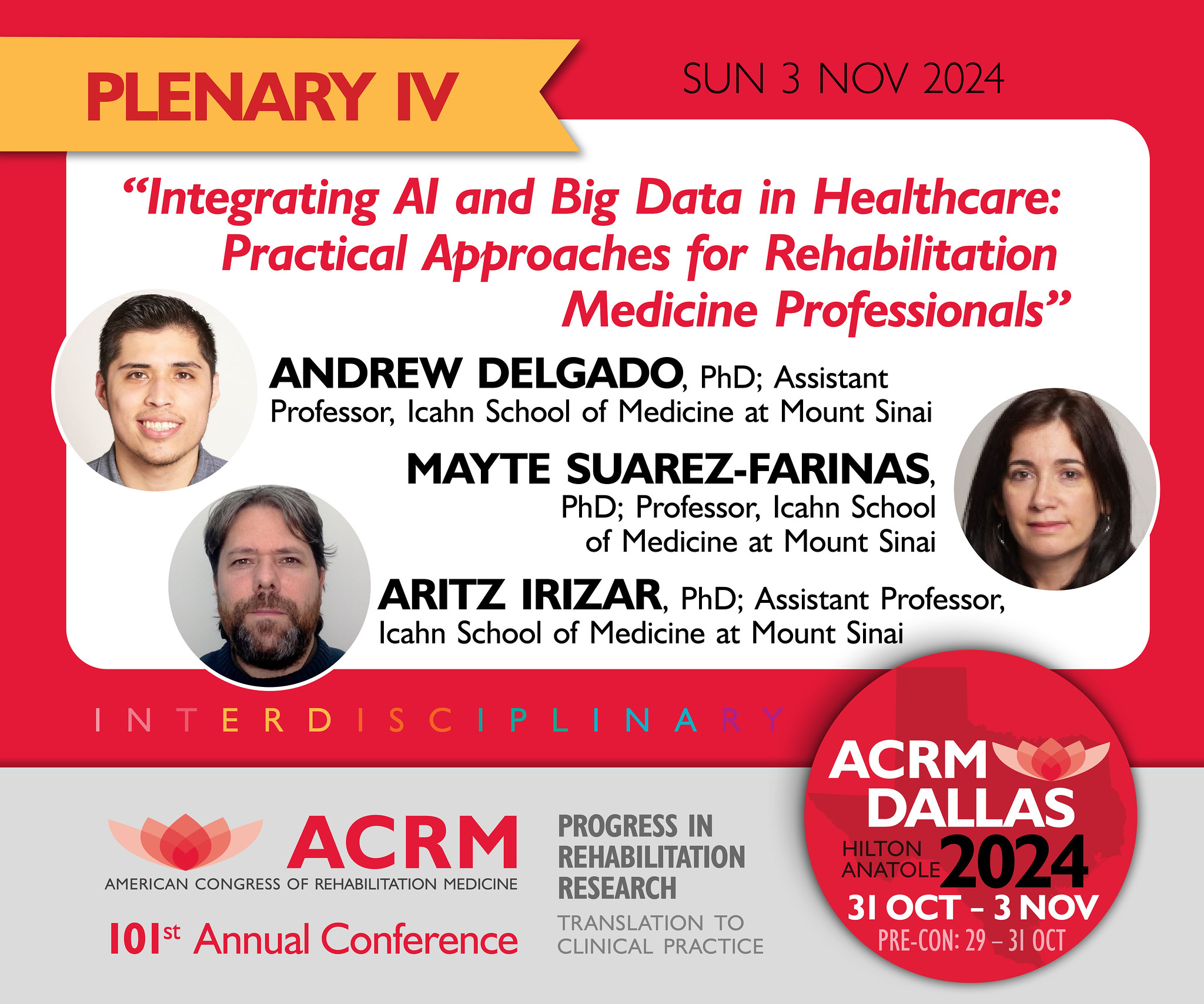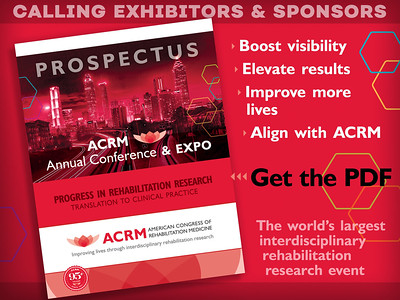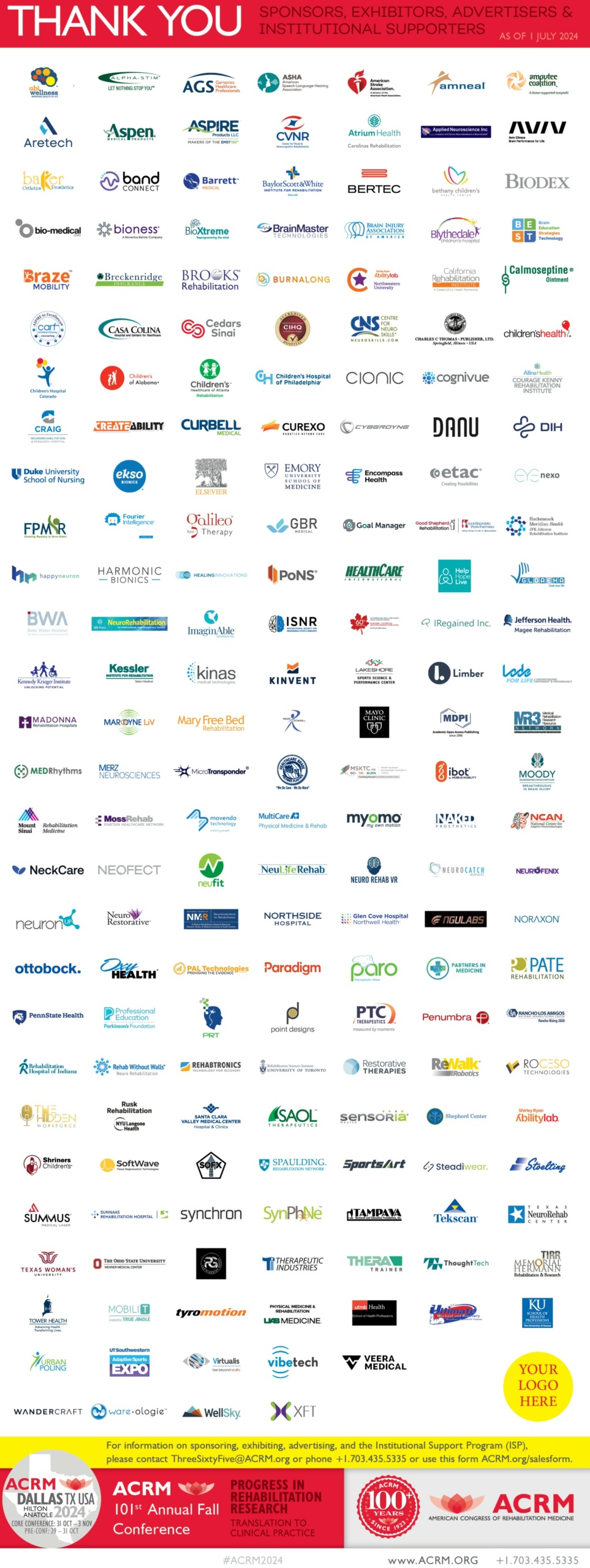SCI-ISIG News
CELEBRATING THE LIFE OF MARGARET NOSEK
 Dr. Margaret Ann Nosek (Peg), a world-renowned social activist, advocate for people (especially for women) with disabilities, a staunch defender of human rights, and a beloved member of ACRM passed away in Houston, Texas on 21 November. Dr. Nosek was a professor in the Department of Physical Medicine and Rehabilitation at the Baylor College of Medicine in Houston for 36 years. She worked closely with Justin W. Dart, Jr., in the 1980’s to lay the foundation for and vigorously support passage of the Americans with Disability Act (ADA) of 1990 and received the Americans with Disabilities Act Award for her contributions.
Dr. Margaret Ann Nosek (Peg), a world-renowned social activist, advocate for people (especially for women) with disabilities, a staunch defender of human rights, and a beloved member of ACRM passed away in Houston, Texas on 21 November. Dr. Nosek was a professor in the Department of Physical Medicine and Rehabilitation at the Baylor College of Medicine in Houston for 36 years. She worked closely with Justin W. Dart, Jr., in the 1980’s to lay the foundation for and vigorously support passage of the Americans with Disability Act (ADA) of 1990 and received the Americans with Disabilities Act Award for her contributions.
A memorial service will be held over Zoom on Saturday, 12 December at 2:00 PM EST in celebration of the life of our beloved colleague and friend, Dr. Margaret A. (Peg) Nosek. If you would like to attend the celebration, please email her brother, Tom Nosek, at tmnosek@aol.com. After music and readings by Rev. Christine Robinson, the mic will open to anyone who would like to say a few words about Peg, so please let Tom know if you wish to speak. Read More >>
Dr. David Gater Memorial Piece
(30 AUG 2022)
Dear Friends and Colleagues:
This past week many of us in the SCI and rehabilitation communities lost a friend, colleague, mentor, and luminary, Dr. David Gater. David has been a leader of the rehabilitation community for more than a quarter century, and it is fitting to take a moment to celebrate his life and numerous contributions to the rehabilitation profession.
David grew up in rural Arizona, working as a day laborer for his father, and once shared that working in the hot Arizona fields was so brutal that it made him wish for something else. That he could sit in air-conditioned rooms and learn seemed more appealing, so he went to college. His gain was also ours.
David had an exceptional intellect and a broad and deep range of knowledge; There was little content between molecular biology and community reintegration he didn’t understand or value, including his recent interest in deficiencies of hurricane preparedness for people with disabilities. Yes, Dr. Gater included “weatherman” in his credentials! His academic training at the University of Arizona included a BS in General Biology, MS in Exercise and Sport Science, Ph.D. in Physiology, and an MD completed in 1992. He undertook residency training in Physical Medicine and Rehabilitation (PM&R) at UC Davis (Sacramento, CA) in 1996 and immediately assumed a Faculty position at the University of Kentucky. While in Kentucky, David received career development awards from the VHA (RCDA) and NIH (K23). In 2002 he moved to the University of Michigan, where he served as Medical Director of the (then) NIDRR SCI Model System program. In 2006, he went to Virginia Commonwealth University and the Richmond VAMC to become the Chief of SCI Medicine at the largest of the VHA’s (then) 26 SCI Centers. In 2013, he left to develop a new PM&R program at the Penn State Hershey Medical Center as an endowed Chair, and three years ago assumed his last position at the University Miami School of Medicine to establish a state-of-the-art Rehabilitation Center with ties to the Jackson Health System (JHS) and the Miami Project to Cure Paralysis. At the time of his death he was Tenured Professor, Chair and Spinal Cord Injury Medicine Fellowship Director for the Department of Physical Medicine & Rehabilitation; Chief Medical Officer, Christine E. Lynn Rehabilitation Center for the Miami Project to Cure Paralysis and Jackson Health System, and Co-Director for NIDILRR South Florida Spinal Cord Injury Model System. David was also actively engaged as a Research Scientist for The Miami Project to Cure Paralysis.
Throughout his academic career David profoundly influenced the science we use, the medicine we administer, and the trainees who are now our respected colleagues. His research on obesity-related secondary complications and inflammatory stress earned funding from the American Heart Association, NIH, VHA, NIDILRR, and private foundation grants. He used this funding as a springboard to enlighten and excite more than 100 medical students, post-docs, doctoral students, master’s students, and resident physicians. Many have held distinguished positions and assumed leadership posts in rehabilitation medicine and research. He was President of the Academy of Spinal Cord Injury Professionals and active in the American Spinal Injury Association, the Veterans Health Administration, ISCoS, and the Paralyzed Veterans of America. He could skillfully cross the boundaries of these organizations to appreciate how they all benefited people with disabilities. David was engaged for his knowledge and insights on guideline panels and in rendering expert opinions, including the recent PVA Guideline on Cardiometabolic Disease. He was also a member of the Association of Academic Physiatrists, the American Academy of Physical Medicine and Rehabilitation, and other associations.
In the three short years Dr. Gater spent with UHealth and the Miller School, he brought national prominence to the department. He provided leadership for opening the Christine E. Lynn Rehabilitation Center, expanding beds while regaining full CARF accreditation as a center of excellence. Under his leadership, the UHealth PM&R Research division grew into one that is now nationally ranked in NIH and other grant funding. He spearheaded a partnership with the Shriners Children’s Hospital and secured the commitment to build a multi-specialty, multi-center pediatric orthopedic and rehabilitation pavilion – a project announced just last month. Recruitment efforts for his department doubled its faculty and staff and expanded the rehabilitation residency program from 18 to 24 slots, adding two new fellowship programs in neurorehabilitation and cancer. He developed the JHS outreach of clinical services to 10 sites throughout South Florida.
Beyond the positions that he held and the things he accomplished, David was a patient and calm man, yet self-driven to achieve more and conquer higher standards. I never knew him to expect more out of others than himself. He was funny – always a punster – yet serious about what he did and how he went about it, and we knew David to take life as it came yet work to shape the experience to the fullest. He had a broad and deep vision that could reshape how we thought about rehabilitation from its sometimes insular, silo-driven, and parochial roots to value input from everyone at the table irrespective of their training or daily activities – and respect them for it. He had a captivating vitality and presence that could motivate others to join him on his journey to pursue excellence.
We use the term “scholar” in academic medicine to describe someone who is a master clinician, accomplished teacher, devoted community partner, and dedicated humanitarian. David earned all of these credentials. Those of us who worked closely with him knew an optimism shaped by his faith, family, and love of life that motivated David to see beyond the particulars of daily experiences that might impede others and sidestep our journey together. He was and will long remain an important figure in our work and personal lives, for which we can all be thankful.
Mark S. Nash, Ph.D., FACSM FASIA










